Turning points are crucial to scenes. In fact, it’s more than that. Turning points are why scenes exist. So it’s essential to understand how and why they work within your story.
What are scenes?
They’re everywhere
No matter what kind of story you are writing, you will have scenes. I mean, you could have just one scene if your story is very short, but the vast majority of short stories are made of multiple scenes and every novel and memoir is made of many scenes. (A novel can have anywhere from 50 to 150 scenes; it varies a lot.)
In plays, scenes have a clear delineation. But in prose, scenes are sometimes marked by scene breaks (a blank line, some sort of squiggly shape, and/or a bold, enlarged letter at the start of a subsequent scene), but mostly, their borders are invisible.
Defining the scene
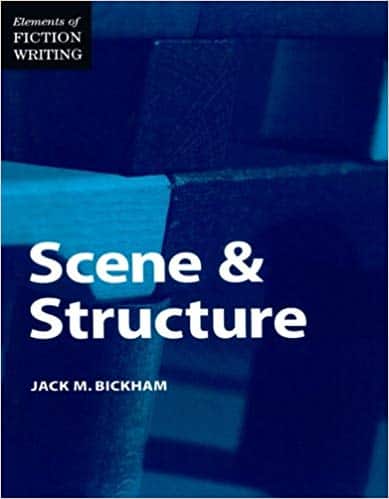
Jack Bickham defines a scene as “a segment of story action, written moment-by-moment, without summary, presented on stage in the story ‘now.’”
Jordan Rosenfeld defines scenes as “capsules in which compelling characters undertake significant actions in a vivid and memorable way that allows the events to feel as though they are happening in real time.”
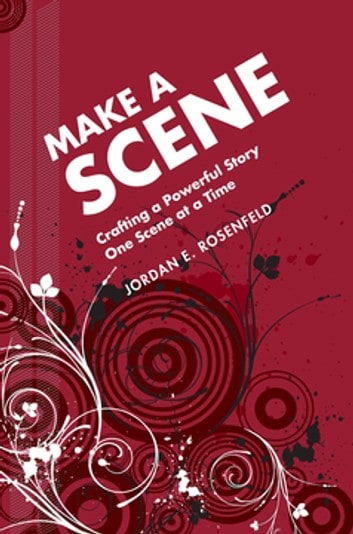
Sometimes, novice writers write in narrative summary rather than allowing events to be shown (instead of told). So both Bickham and Rosenfeld are careful to emphasize that scenes play out in “real time” or in the story “now.” (For more on scene vs. summary, click here.)
And of course, both also mention that scenes are units of story action. Things happen in scenes.
But we need to take that a little further if we’re interested in effective scenes.
Conflict at the center
My favorite definition of a scene comes from Dwight Swain: “a scene is a unit of conflict lived through by character and reader.”
Whenever I talk about scenes in a workshop or a class, everyone’s pretty clear on what scenes are. I sometimes throw in James Scott Bell’s alliterative observation that scenes are made up of “objective, obstacle, and outcome” to make sure that everyone can identify not only that things are happening in “real time,” but that there’s a clear desire and conflict at the heart of the unit of action.
But then we get to the work of actually distinguishing scenes in published work. It can be a little tricky.
Screenwriters have it a little easier; they can fall back on David Trottier’s assertion from Screenwriter’s Bible: “A scene is a dramatic unit consisting of the camera placement, a location, and a time. When one of these three elements changes, the scene changes as well.”
But that doesn’t help prose writers.
So I offer this to writers: a scene is a unit of conflict that produces an incremental change. That doesn’t solve all our scene identification woes, but it makes it a little easier to distinguish scenes, and it make scene delineation functional—because distinguishing scenes is not just an exercise in seeing arbitrary units; it’s about tracing the story’s movement.
Change
If a scene doesn’t deliver an incremental change, it doesn’t belong in the story. It’s as simple as that.
I’ve edited manuscripts with pages worth of expendable action. If you can cut the action and the story doesn’t suffer, that depiction of action hasn’t earned its place.
The scene has to bring about a change, and the turning point delivers that change. Like John Yorke says, “Every scene has a turning point for one simple reason – scenes exist because they have a turning point. It is why a writer selects them to tell their story: turning points are the units of change, the key moments from a character’s life.”
(For more on change, click here.)
Turning Points
So here’s the next challenge: can you identify turning points within a scene? This, like scene distinction, is something I’ve done in many workshops and classes, and it always proves to be a little hard to pin down.
Here, for instance, is a scene from the seventh chapter of Madeline Miller’s Circe. (I’ve chosen something that doesn’t spoil the larger story, and you don’t need much context. Circe is alone on an island, where she’s been exiled, soon after discovering her ability to make magic potions.)
It was one day during that time that I found myself among the thickest brakes of the forest. I loved to walk the island, from its lowest shores to its highest haunts, seeking out the hidden mosses and ferns and vines, collecting their leaves for my charms. It was late afternoon, and my basket overflowed. I stepped around a bush, and the boar was there.
I had known for some time that there were wild pigs on the island. I’d heard them squealing and crashing in the brush, and often I would find some rhododendron trampled, or a stand of saplings rooted up. This was the first one I had seen.
He was huge, even bigger than I had imagined a boar could be. His spine rose steep and black as the ridges of Mount Cynthos, and his shoulders were slashed with the thunderbolt scars of his fights. Only the bravest heroes face such creatures, and then they are armed with spears and dogs, archers and assistants, and usually half a dozen warriors besides. I had only my digging knife and my basket, and not a single spell-draught to hand.
He stamped, and the white foam dripped from his mouth. He lowered his tusks and ground his jaws. His pig-eyes said: I can break a hundred youths and send their bodies back to wailing mothers. I will tear your entrails and eat them for my lunch.
I fixed my gaze on his. “Try,” I said.
For a long moment he stared at me. Then he turned and twitched off through the brush. I tell you, for all my spells, that was the first time I truly felt myself a witch.
Now, where is the turning point within that scene?
ID Step One: Identify the Change
You don’t need to think too hard about this one. It’s right there in the passage: “the first time I truly felt myself a witch.”
But what leads to this new feeling?
ID Step Two: Action/Reaction
Find the action that kicked off the character’s reaction, which then led to the change or shift.
In this case, the action is a boar facing her down.
And she reacts by fixing her gaze on the boar and saying, “Try.”
The Turning Point Trio
We thus have three parts to the turning point:
- An action (the boar facing Circe down)
- A reaction from the POV character (“Try.”)
- A new state (“felt myself a witch”)
It’s typical of turning points that they come in these three parts: stimulus, reaction, and shift.
When Shawn Coyne (at Story Grid) speaks of turning points, he emphasizes the stimulus. “Turning points can either happen through action (a bomb blows up) or revelation. (‘I’m you’re father, Luke.’),” he says. So for Coyne, the turning point is probably the boar stamping and facing Circe down.
But I see the true heart of the turning point as coming from the character’s reaction to the action or revelation. The reaction is what reveals the character.
Not every character reaction is a turning point, though. It’s reactions that lead to an incremental change that make for turning points.
Thus, it’s pretty important to identify the change (the shift, the new state). When Circe stares the boar down and says, “Try,” that reaction ushers in a change, which is what makes this otherwise inconsequential scene important.
Five Tips for Turning Points
Test this out, first of all. Take a look at a favorite book of yours and see if you can 1) distinguish, say, five scenes, and 2) find the turning point trio within each scene.
But when it comes to your own writing, I offer five tips for better turning points.
1. Serve the turning point
Again, I want to emphasize Yorke’s assertion: scenes exist because they have turning points. That’s why it’s crucial to pay attention to your turning points. They’re what you’re writing the scene for. The trio will deliver a consequential action or revelation that leads to a character-revealing reaction that ushers in an incremental change.
Write toward that consequential action/revelation, and make sure we have some idea of how the character reacts to it.
2. Make the action/revelation a surprise
When the stimulus is unexpected, you’re going to engage the reader more and you’re going to spur a more meaningful reaction from the character.
3. Stretch tension around the turning point
Especially as you build toward the character’s reaction, it might be necessary to draw out the action or revelation. Since turning points are important moments within the life of the character, it’s authentic to “expand time” around those crucial points.
That’s what happens to us in real life: we shine a brighter “attentional spotlight” on information and events that are of great personal significance and time often seems to subjective slow for us. (More on stretching tension here.)
4. Get the reader to identify with the character’s reaction
In some cases, you get readers identifying with your character through conveying compelling interiority (more on interiority here). In other cases, you don’t need a whole lot of interiority if it’s self evident in your character’s reaction. But you’ll gain more empathy points if the reaction makes sense, is courageous, is admirable, and/or reveals a flaw the character is struggling with.
5. Create internal conflict and force a choice
When the turning point arises out of internal conflict, and when the reaction necessitates that the character make a difficult or defining decision, the turning point will carry more weight. You’re not going to make every turning point a dilemma or the result of a soul-searching inner battle, but think hard about creating situations that require characters to wrestle with themselves in order to grow.
This article is part of the Author Toolbox Blog Hop. To continue hopping through other great blogs in the monthly hop or to join, click here and/or search #AuthorToolboxBlogHop on Twitter and Pinterest (here’s the group board).
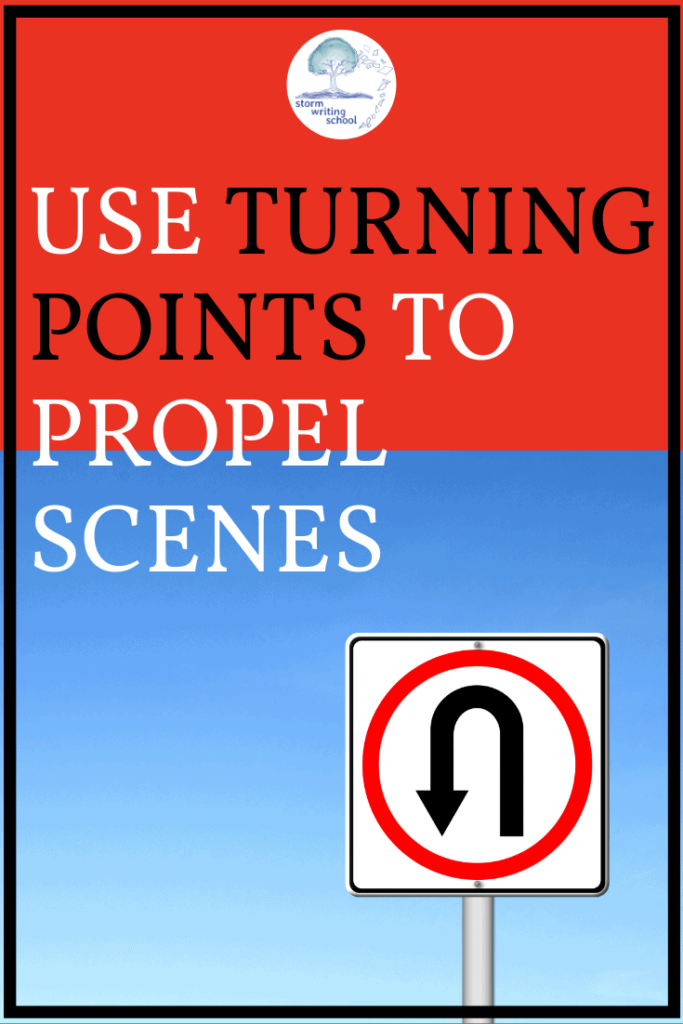
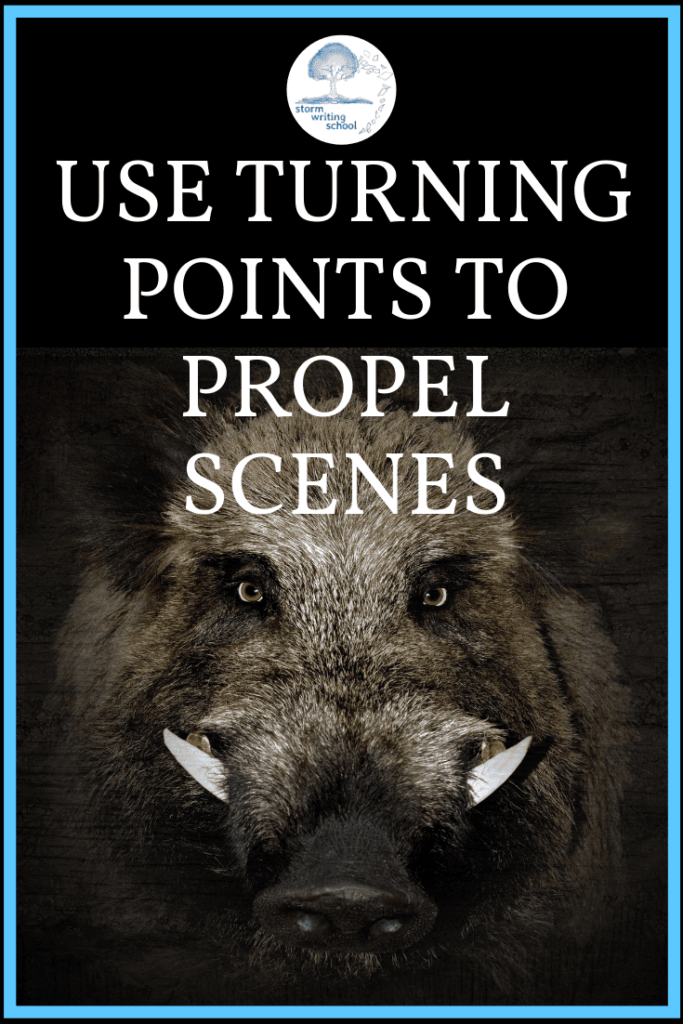



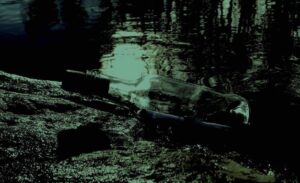

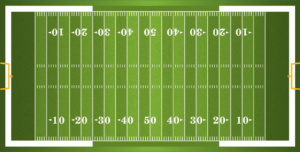


7 Responses
All this talk about how scene breaks are indicated kind of makes me want to choose something really original. Like maybe those poop emojis. 😉 This was really helpful for me, because it’s difficult to take all the well-known theories of scene and smoosh them together in my brain; all those acronyms, it’s like alphabet soup up in there,
Great article~ I am currently trying to figure out if my scenes are working and needed in the story. This article really helps with that. Thank you for sharing.
I’ve been working on a manuscript for a while now that has a narrator a la Moby Dick, with lots of digressions that add details to the world and to the plot. I always had problems thinking about how to segment it, because those digressions often couldn’t be considered “scenes” in the traditional sense. The way you went through different ways of thinking of a scene really opened things up for how I view my current WIP. https://bit.ly/30nJRbv
This is fantastic – thank you. I really liked the idea of scenes as important moments in the character’s life, and you show the centrality of the turning point very clearly and logically. I also appreciate the wide reading you’ve done on scenes. It helps what you write feel grounded.
Great post. Wow, such an indepth look at scenes. Dissecting a scene is so eye opening.
Excellent post. So helpful. Gives me so much to think about.
Thanks!